Re-imagining public education means looking at traditional structures and replacing them with innovative methods and practices that are more direct and intimate for the student.
Take the Star Academy, a nationally-recognized effort designed to help at-risk students succeed. Based in LaPlace, Louisiana, the Star Academy is a subsidiary of NOLA Education. Its methodologies include establishing a “school within a school” and showing students that they can be successful by having a stronger relationship with their instructor. The program targets students who have failed at least one grade, a vulnerable population since the organization’s research shows that 64 percent of them eventually drop out of school entirely.
How Star Academy works is by innovating the traditional classroom structure and learning process. They include:
- Small group lessons
- Hands-on projects
- Individualized lessons
- Activities that show connections to real-world careers
The strength of Star Academy is its focus on hands-on learning, which researchers have long found to be valuable for reaching kids who don’t work well within traditional classroom settings. For a program like this to work, though, schools need to have an entrepreneurial mindset to open their doors to this kind of alternative setting.
For some students of Rich Township District 227 outside Chicago, transitioning from middle school to high school was a challenge. The schoolwork demanded greater focus and then there was the increased pressure of being with new teachers and older peers.
All of these factors fracture the pathway to college or even may contribute to the students dropping out of school altogether.
To steer their students to success, the school district in late February launched the Star Academy Program. For Rich Township, that meant offering 160 selected students from the 9th through 12th-grade project-based activities in English, math, science, and social studies in 90-minute blocks.
According to Larry Varn, Principal of Rich South High School, the Star Academy “doesn’t represent these students’ last chance at getting a diploma — it represents their best chance,” he said. “This is a new and exciting opportunity to learn in a way that they have not been exposed to before.”
Meeting Individual Needs of Students
The Star Academy is a start to the need to disrupt classrooms to serve the individual needs of students. This way, success is measured by each student, an approach that removes the idea there is a single “average” student. By giving students a more direct, hands-on path to learning, the Star Academy is establishing a model that could be expanded by public school systems nationwide.
In Greenwood, South Carolina, McCormick County School District launched Star Academy in late 2018. Classroom size shrunk from 25 to 16 students.
Students were given their own Chromebooks to use for every class, which they were allowed to take home to complete homework assignments. Ka’Lynn Neal, a student, admitted that at first, she thought the program would be “lame.” That changed when she started working more closely with her teacher, whose words were no longer lost in the bigger classroom setting of her past. “It’s not like the teacher is blabbing on about stuff you won’t even remember,” she said.
In Montgomery County, Alabama, the school district turned to the Star Academy specifically to prevent dropouts.
“From a system standpoint, we can be somewhat penalized for students who start with a particular class but don’t graduate with that group. We have a two-fold reason for doing this but number one is to help the students,” said Superintendent Ann Roy Moore.
Star Academy was expanded in Greenville, North Carolina, from two to all 19 of the district’s middle schools. Superintendent Burke Royster said that the program not only helps students from taking a grade over again – Which increases the chances of dropping out — but it forces them to focus on an individualized learning curriculum that shows that they matter.
“A lot of the kids are discouraged. They’ve gotten behind,” he said. “We’re trying to catch them up so they can see some success and hopefully get them caught up to their original cohort of kids.”
To date, the Star Academy has been implemented in more than 38 middle and high schools in nine states.
